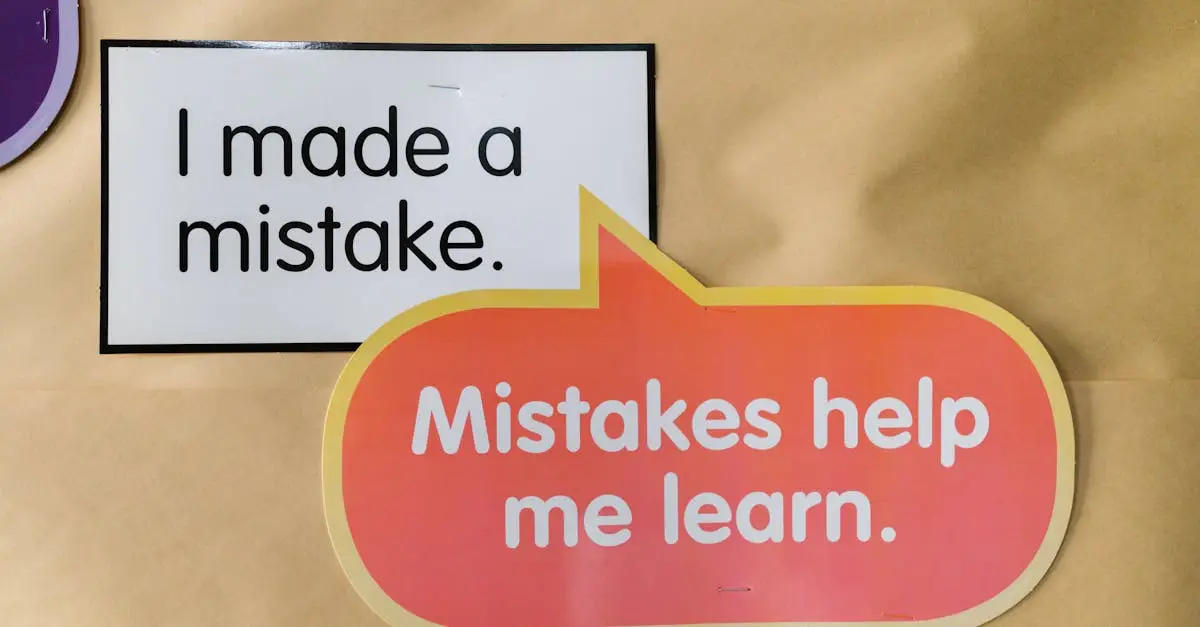Building a Robust Quality Assurance Framework for GBS Success
Ever wonder why your shared services team feels like a well-oiled machine one day and a chaotic mess the next? You’re not alone. Teams everywhere experience this rollercoaster ride. We want success, but sometimes we trip over our own feet. Trust me, I’ve been there. Over my 20+ years in the outsourcing and offshoring game, I’ve seen firsthand how a solid Quality Assurance (QA) framework can make or break a Global Business Services (GBS) organization. So, let’s roll up our sleeves and figure this out together. Understanding Quality Assurance in GBS Quality Assurance isn’t just a checkbox on a project plan or a random task to throw on someone’s plate. It’s about creating a culture of accountability. It’s about being proactive, not reactive. A robust QA framework for GBS means you’re consistently delivering value. It empowers your team to ensure that processes run smoothly while client needs are anticipated and met without any hiccups. Core Elements of a Solid QA Framework First off, let’s break down the essential components of your QA framework: Clear Standards: Establish what quality looks like in your operations. This could be anything from process outcomes to customer satisfaction. Regular Measurement: How do you know if you’re hitting the mark? Metrics and KPIs are your best friends here. Feedback Loop: Make it a two-way street. Encourage feedback not just from clients but from team members too. Continuous Improvement: This isn’t a “set it and forget it” situation. Regular reviews and updates keep the process sharp. Training and Development: Invest in your team. Knowledge is power, and a well-trained staff is the backbone of quality. Creating References & Resources It makes sense to create a repository of reference materials. Think processes, templates, and tools all in one spot. This becomes the go-to place for associates, process experts, and even the specialists. Which brings me to a pretty cool resource: THEGBSEDGE blog. It’s packed with insights on shared services transformation and operational excellence. Logistical Strategies for Implementing QA Okay, so how do you roll out this framework without losing your mind? Assess Current Processes: Identify strengths and weaknesses. Analyze where inefficiencies lie. Engage the Team: Get buy-in from everyone. When people feel part of the process, they invest more in outcomes. Pilot Program: Start small. Test the waters with one department before rolling it out across the board. Real-Life Example: Making QA Work Let me share a quick story. A year back, a client of mine dedicated time and resources to revamp their QA framework. Initially, they lacked clear standards; team members had a different “vision” of quality. After mapping out their processes, they created easy-to-understand standards. Next came regular check-ins and feedback sessions. It took time, but they soon found themselves hitting targets faster and more consistently. Why QA Goes Beyond Just Metrics More than numbers, quality assurance helps maintain morale. When your team feels that their hard work is recognized and valued, they tend to perform better. Celebrate Wins: Acknowledge when standards are met. This boosts team spirit. Encourage Open Communication: Your team should feel safe to voice concerns or suggestions about processes. Invest in Continuous Learning: Grab every opportunity for improvement. Whether it’s external training or workshop sessions, keep your team ahead of the curve. Harnessing Technology for QA Frameworks Technology should be your ally. Utilizing the right tools can streamline processes and help you maintain quality. Tools for tracking progress and analyzing data can simplify your workload: Project Management Software: Utilize tools that fit your team’s workflow. It keeps everyone aligned. Feedback Platforms: Simple surveys can yield lifesaving insights into team and client satisfaction. Aligning with the GBS Vision This quality assurance adventure doesn’t exist in a vacuum. Integrate it with your broader GBS strategy. Your QA framework should align with organizational goals. How does it contribute to innovation or streamline processes? This is what ties everything together. Final Thoughts on Your GBS Journey Establishing a robust QA framework is no overnight job. But when you pour in the effort and create a culture of quality, you build a foundation that leads your GBS team to consistent success. So, let’s ditch the chaos and embrace a proactive quality mindset. When everyone’s on board – from the freshest associate to seasoned super users – you create a ripple effect that elevates the entire organization. Remember to check out THEGBSEDGE blog for more insights on the shared services industry and keep that transformation going!
Building a Robust Quality Assurance Framework for GBS Success Read More »









